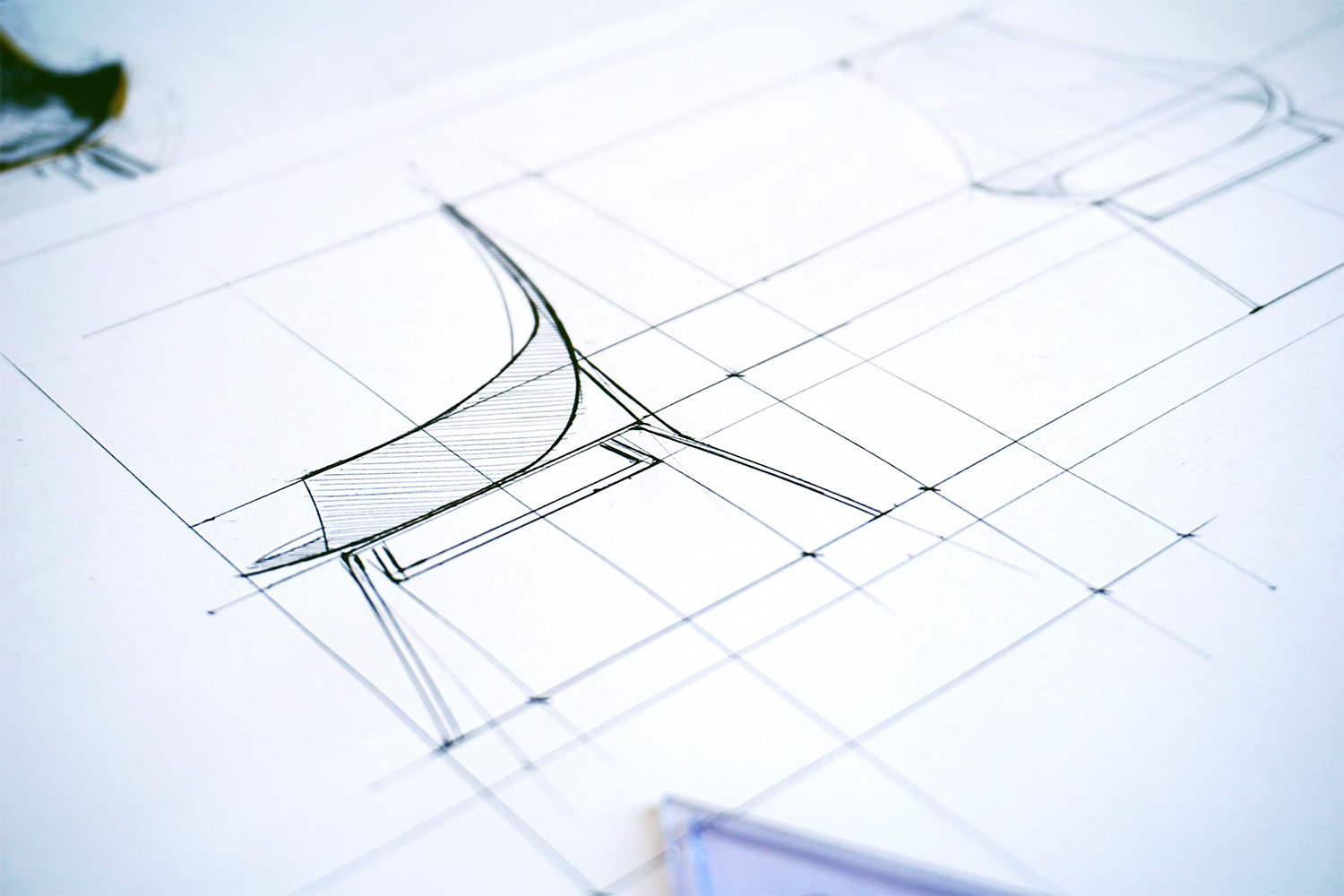Zero Energy Design Mondays
Share

From Tocci VDC Modeler, Graham Salzberg
One of the things I most admire about working for Tocci Building Company is their conviction to be at the cutting edge, while constantly striving to improve the delivery process in order to achieve the best end product. This is also evident in the company’s hiring practices, which have built an arsenal of employees with a diversity of backgrounds and experiences. Tocci’s encouragement for its employees to continue to build on their professional development outside the walls of its office helps foster a stimulating work culture that ultimately reflects back to the company’s ability to think outside the box and stay at the forefront of the industry.
As for myself, when I send off my co-location schedule at the beginning of the week, it states that I am “out of the office” on Mondays. On Mondays, I can be found at a local architecture firm that focuses on sustainable design. There, I am taking the opportunity to supplement my professional development and strong passion for sustainable architecture and design. The firm is an innovative residential Architecture and Energy consulting firm located in Boston specializing in single-family residential architecture using advanced building science techniques and practices for the ultimate goal of attaining the most energy-efficient solutions possible with the greatest ROI in mind. (both for the client’s wallet and for the environment.)
What I learned this week on “Zero Energy Design” Mondays:
Currently, I am in the middle of the Schematic Design phase of a single-family residence located in the greater Boston area. The interior will be completely redesigned to create a new open floor plan, including, a new kitchen, master bedroom/bathroom suite, and the addition of a new loft with a rooftop deck capitalizing on the views of the woodland of the surrounding area. The exterior of the house will receive all new finishes, while the entire house will gain a new thermal envelope or Deep Energy Retrofit. The DER is a process of eliminating as many thermal bridges as possible within the existing building’s envelope. This is achieved by creating a new thermal envelope with the use of generous amounts of insulation, new energy-efficient windows and doors and a method of detailing that maximizes their effectiveness.
The other main goal of a DER is to achieve the maximum level of air tightness possible. With detailing such a tight assembly, many uninformed critics of super-insulated homes say that it creates poor indoor air quality and potential for mold within the assembly due to the lack of breathability. In fact, indoor air quality is controlled to the point of achieving an IAQ level equivalent to breathing the air as if you were outside. The building science knowledge of the wall assembly can differ on a case-by-case basis based on climate zone and the number of heating and cooling days, and if designed properly, allows for the vapor to transfer through the assembly while still maintaining proper air sealing. The efficiency and quality of the IAQ is achieved by the use of an HRV (Heat Recovery Ventilator) or ERV (Energy Recovery Ventilator). This type of system is strictly used for supply and return air (not active heating and cooling) and is also extremely energy efficient because of its heat exchange coils in the unit itself which allows the warm return air from within the house to pass by the incoming air from outside to reduce the energy needed for the heating and cooling requirement of the house.
As I am wrapping up the schematic design phase, and when we get the approval of the proposed design, we will then begin the design development phase where I will discuss in more detail the areas related to the DER and the method we will be using in order to achieve our new thermal envelope.